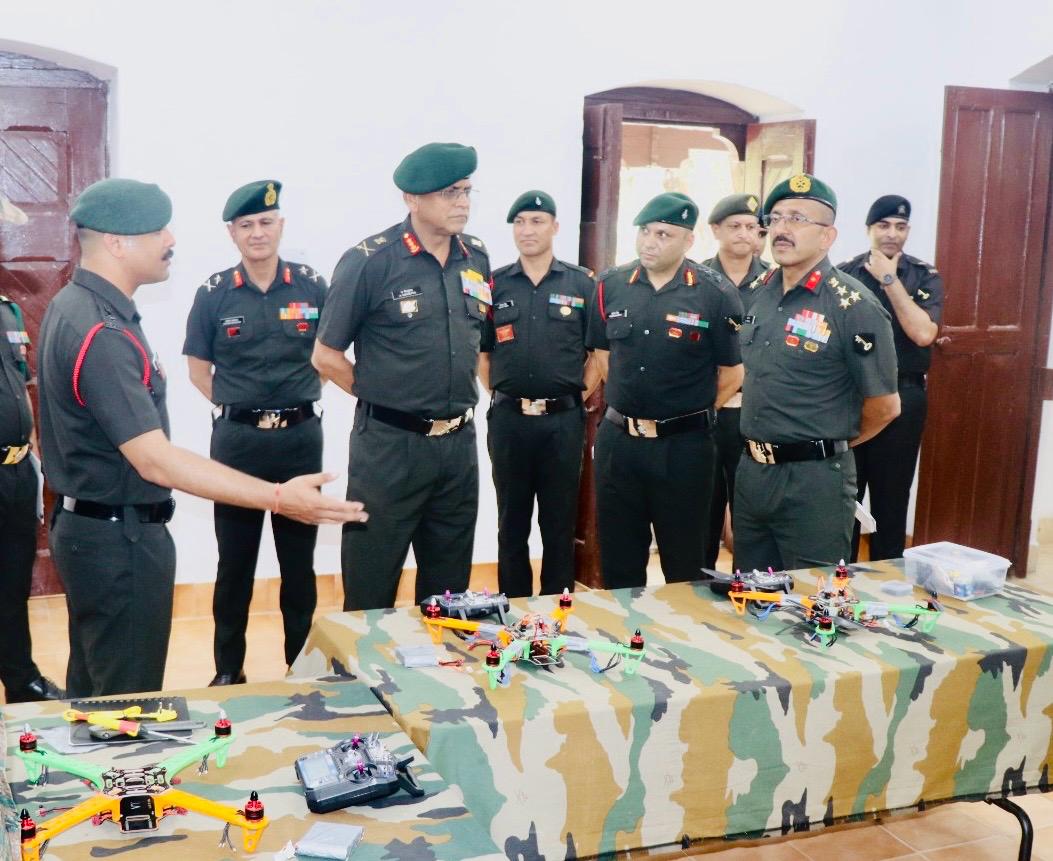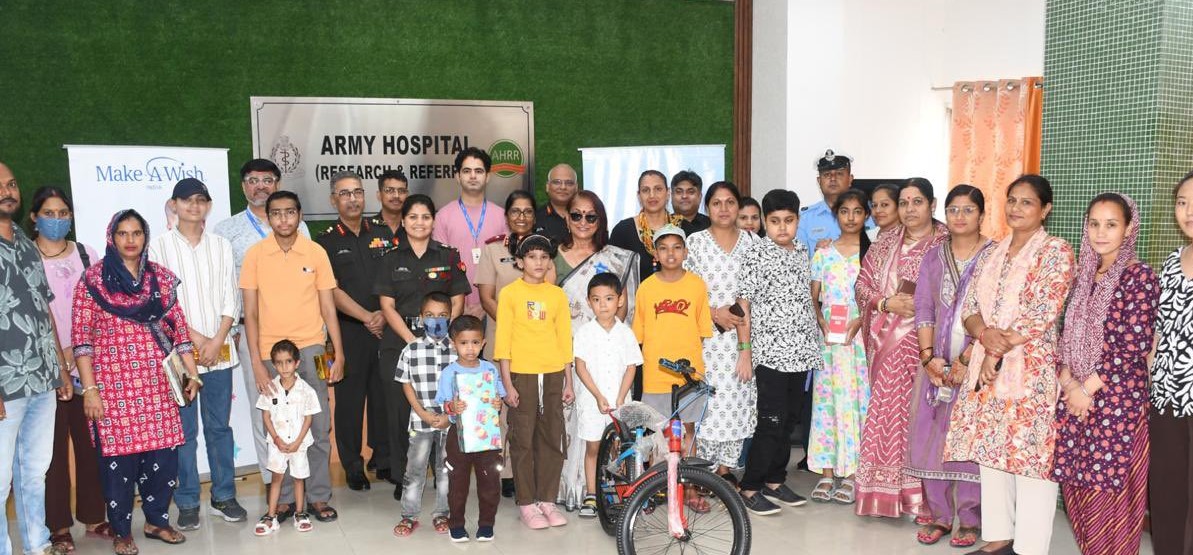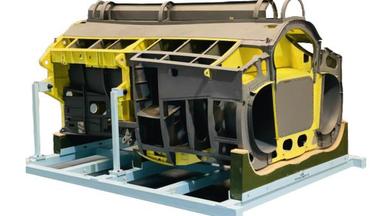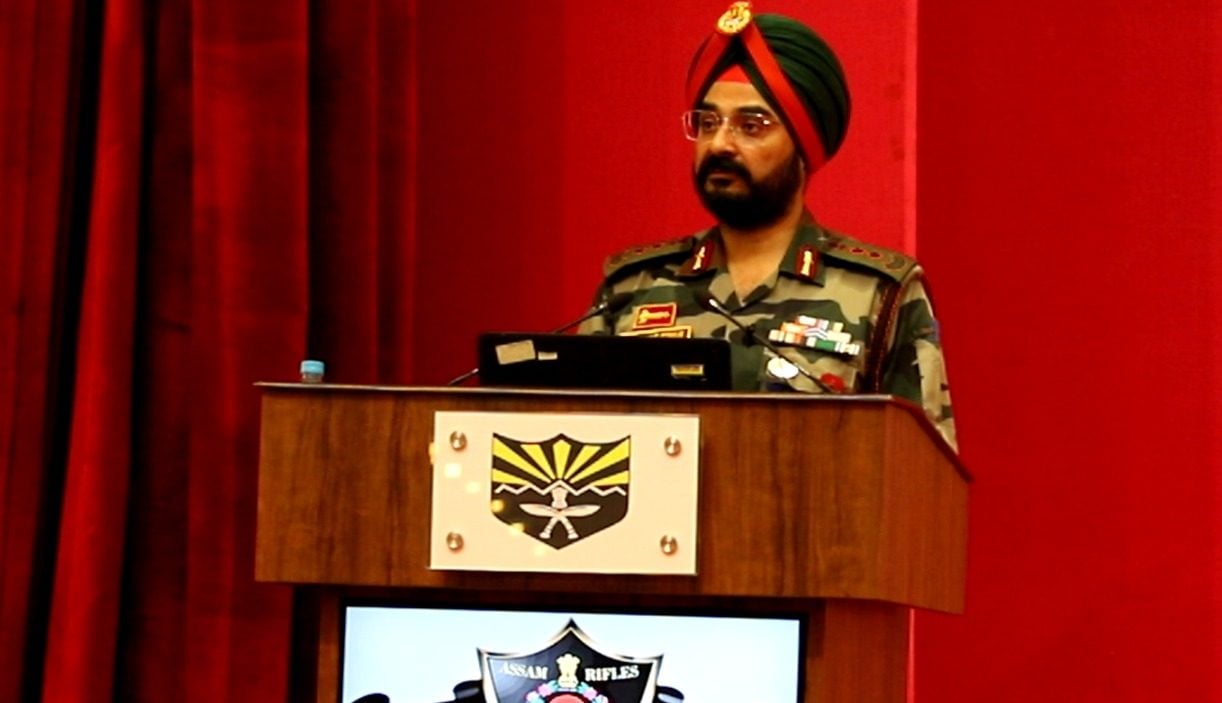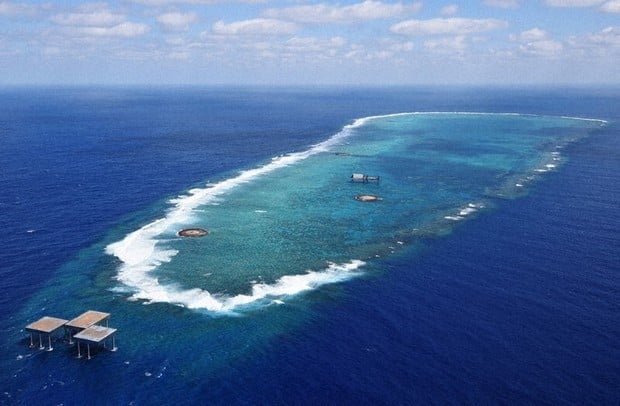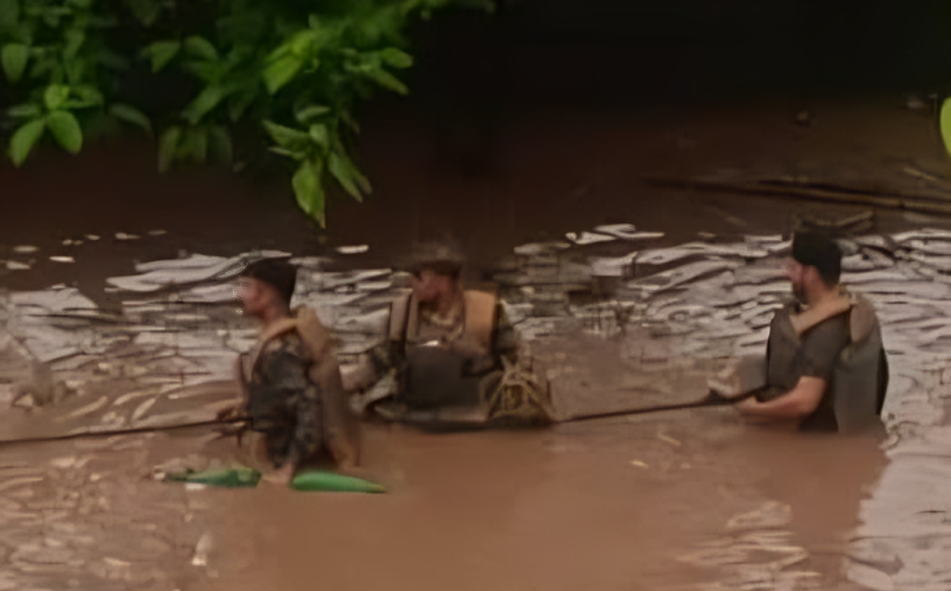Lt Gen Anindya Sengupta Reviews Operational Readiness at Saidpur Brigade, Highlights Drone Innovation
Lieutenant General Anindya Sengupta, General Officer Commanding-in-Chief of the Indian Army’s Central Command, conducted a comprehensive review of the operational…
Army Hospital (R&R) Celebrates 30 Years of Make-a-Wish Foundation Partnership
The Make-a-Wish Foundation, a leading NGO dedicated to fulfilling the wishes of terminally ill children, commemorated its 30th anniversary today…
VEM Technologies to Deliver First Centre Fuselage for Tejas Mk-1A to HAL on May 30
VEM Technologies, a key player in India’s private defense manufacturing sector, is set to deliver its first Centre Fuselage (CF)…
Assam Rifles Launches ‘Sampark Setu’ App to Empower and Connect Veterans
In a progressive step toward veteran welfare and digital transformation, the Assam Rifles has launched the 'Sampark Setu' app, an…
Japan Lodges Diplomatic Protest Against China Over Maritime Survey Near Okinotori Atoll
Japan has formally protested against China for conducting unauthorized maritime research within its exclusive economic zone (EEZ) near the Okinotori…
Indian Army Conducts Flood Rescue Operations in Khadki Village, Ahilyanagar
In a prompt and coordinated response to severe flooding in Khadki Village, the Indian Army has launched humanitarian aid and…

